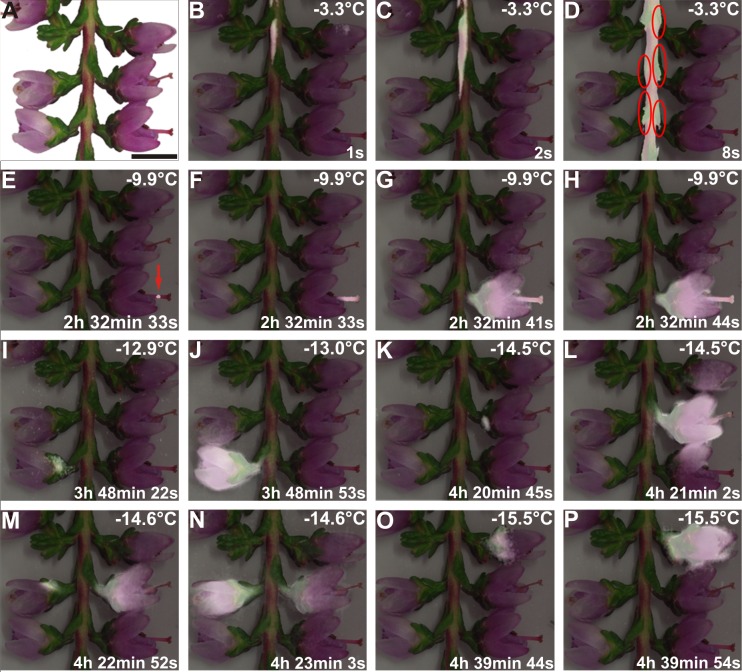Fig 2. Location of the ice barrier tissue by IR-Thermography.
(A) Digital image of a vegetative shoot bearing five reproductive shoots of C. vulgaris prior to the freezing treatment and (B-P) sequence of images of an overlay of the digital image and of IDTA images during controlled freezing. Heat given off by freezing is white in comparison to the background. Ice nucleated at -3.3°C in an INA bacteria suspension droplet (not in the picture) that had been placed at the cut end of the vegetative shoot and passed immediately into the vegetative shoot (B-D). The structural ice barrier is clearly detectable at the base of the pedicel (D, red circles). All flowers remained supercooled and froze at lower temperatures between -9.9°C and -15.5°C, about 2.5 h and 4.7 h later than the initial ice nucleation in the vegetative shoot. In one flower the initial ice nucleation event was detected in the style (E, red arrow), and ice propagated from there into all other reproductive organs (F-H). The other four flowers showed initial ice nucleation in the region of the calyx, base of the petals or the gynoeceum (I, K, M, O). After nucleation in the flowers ice propagated downwards and stopped at the base of the pedicels (I-P). Actual temperatures are indicated in the top right corner of each image. The time span (in hours, minutes, and seconds) after initial ice nucleation in the vegetative shoot is indicated at the bottom right corner of each image.

